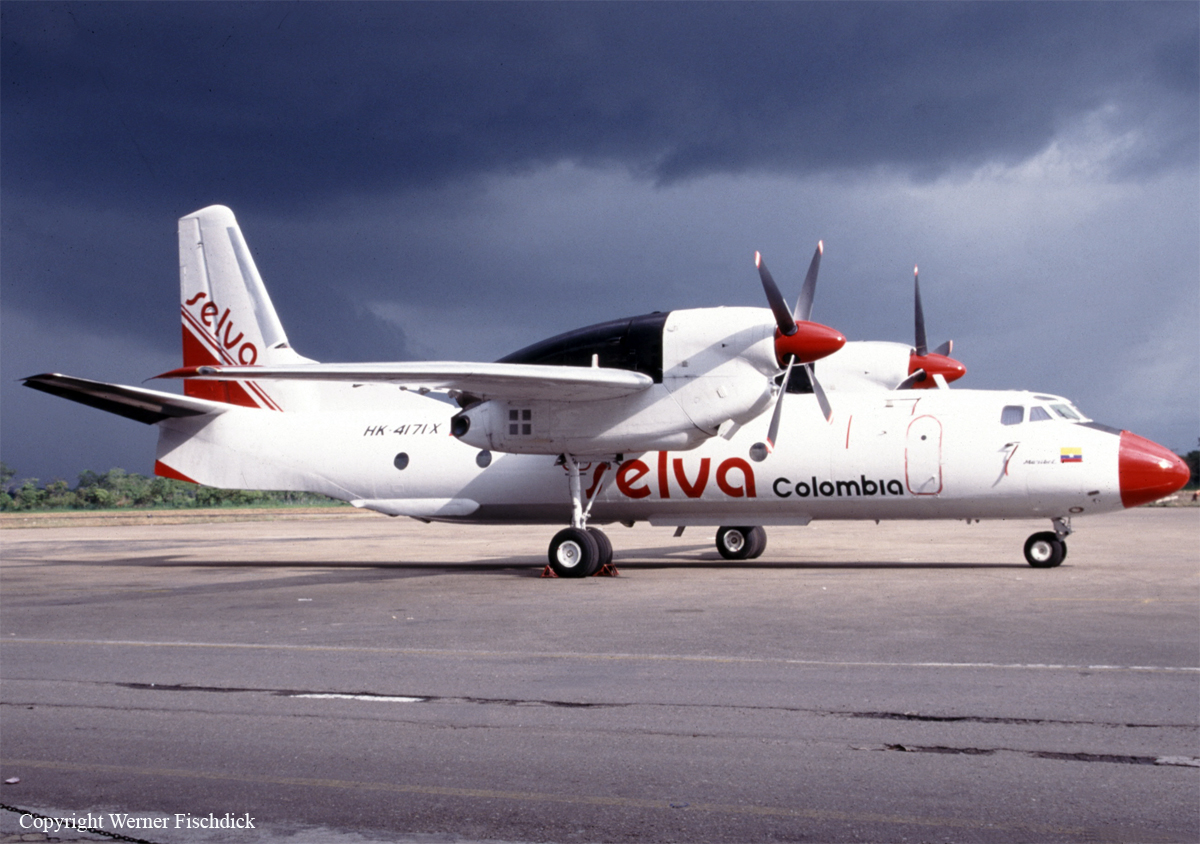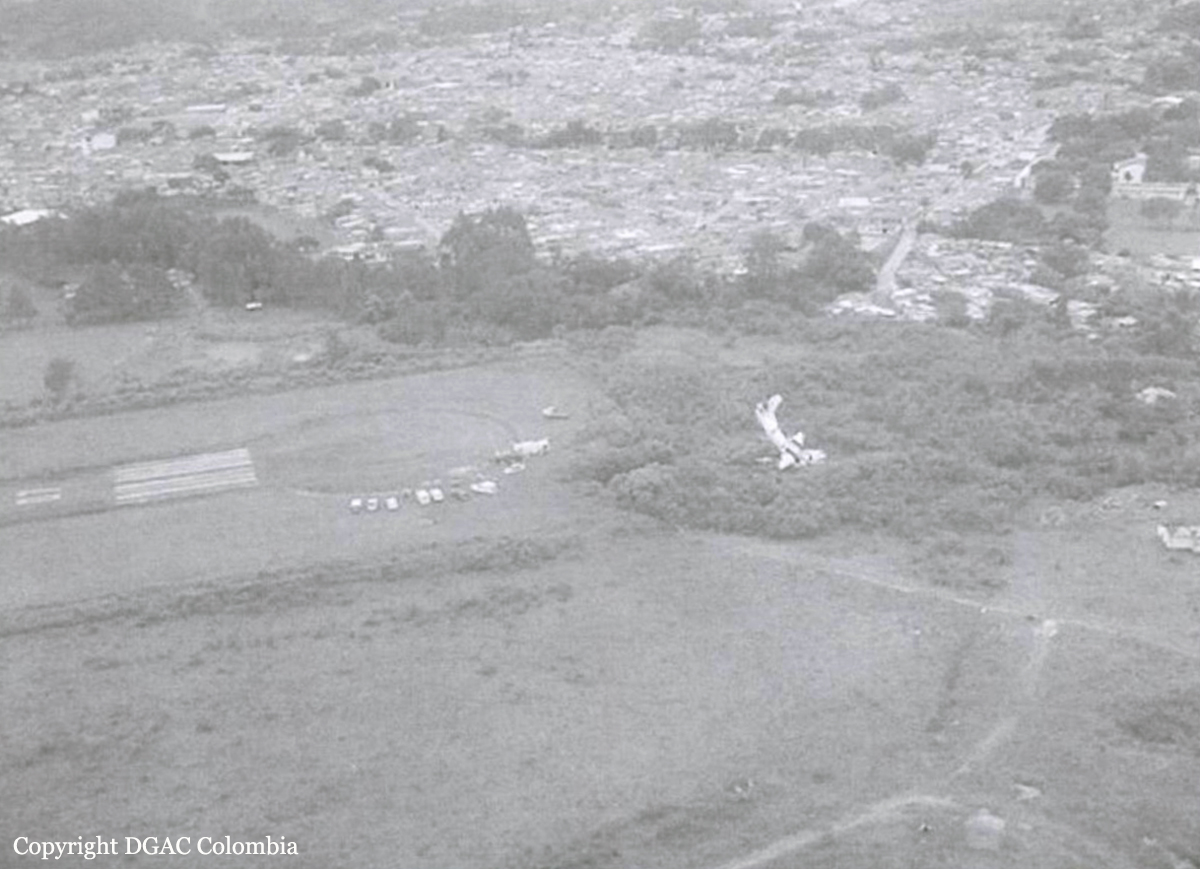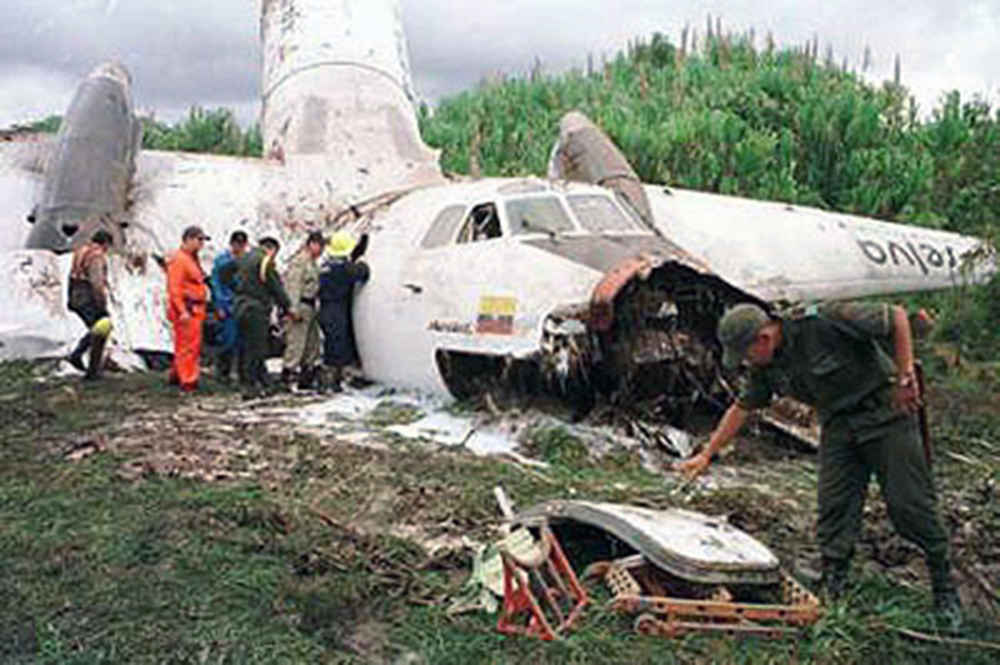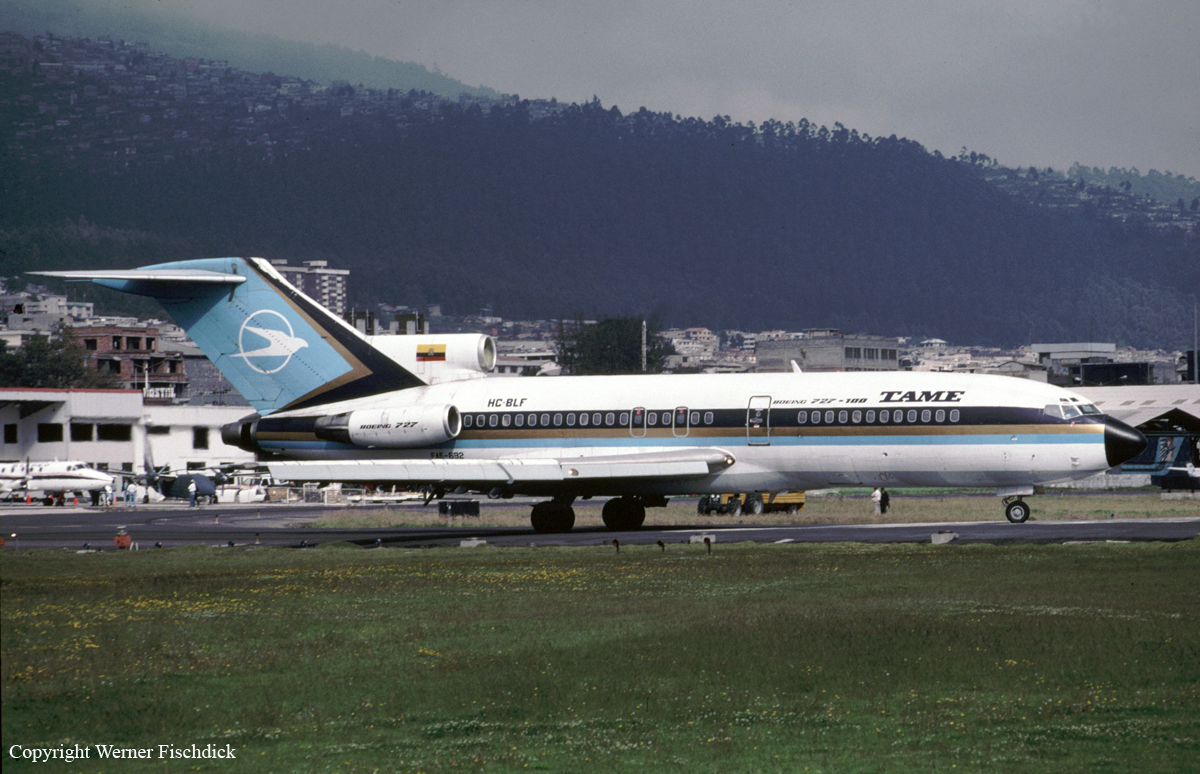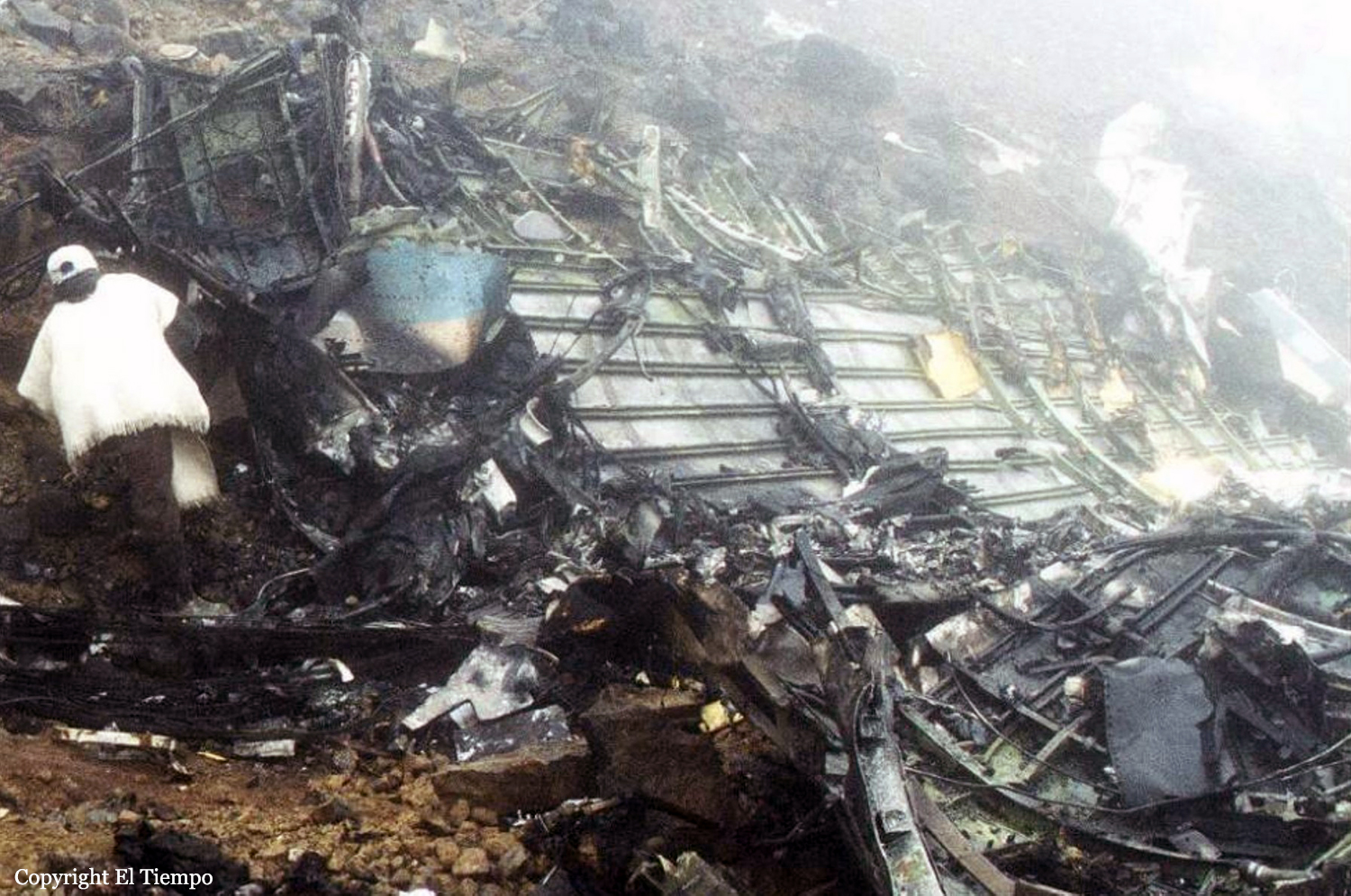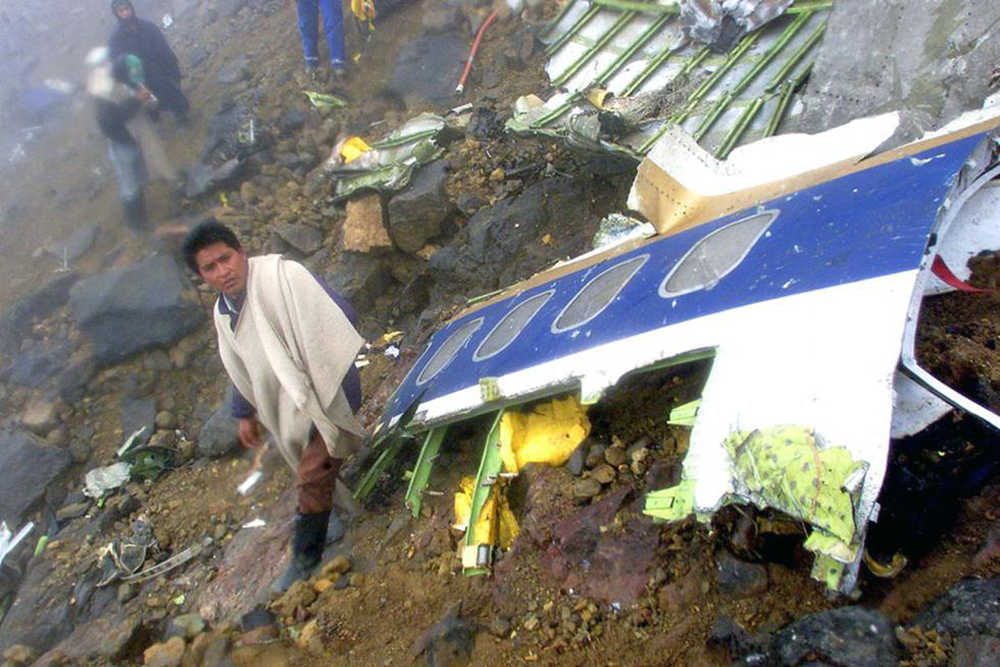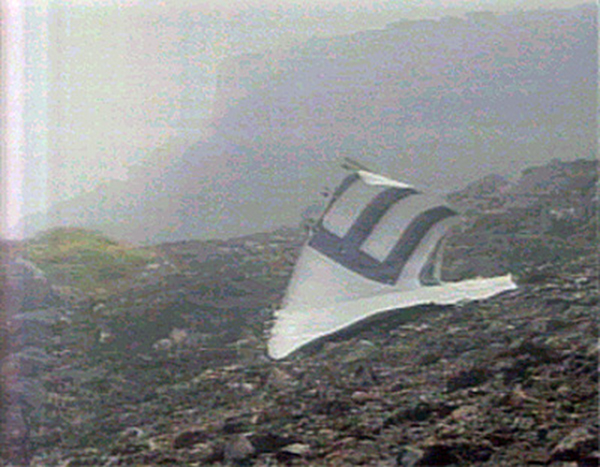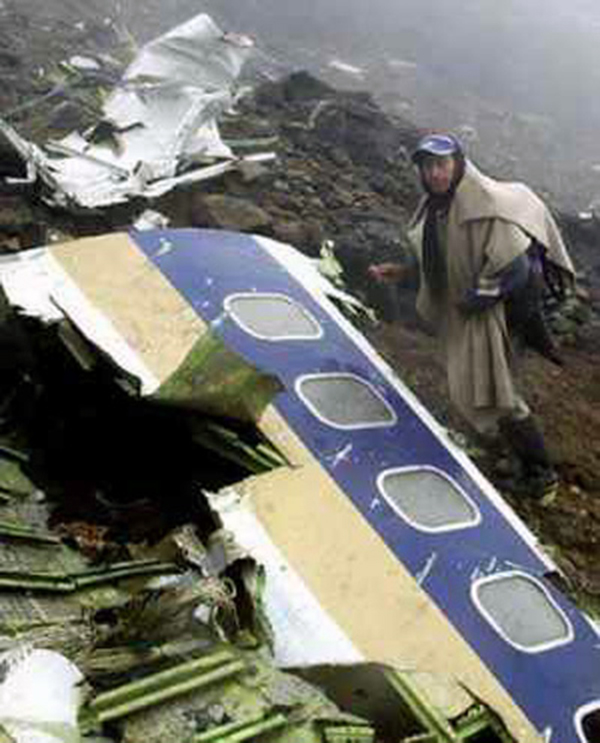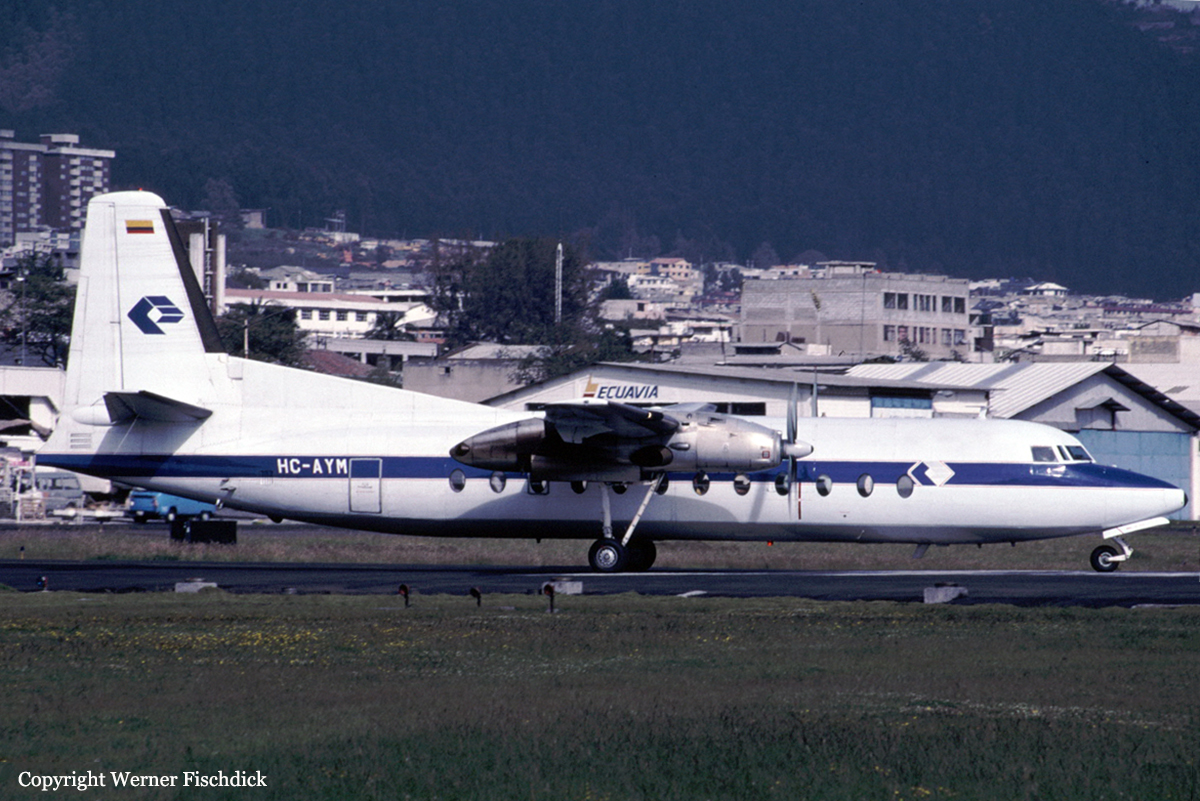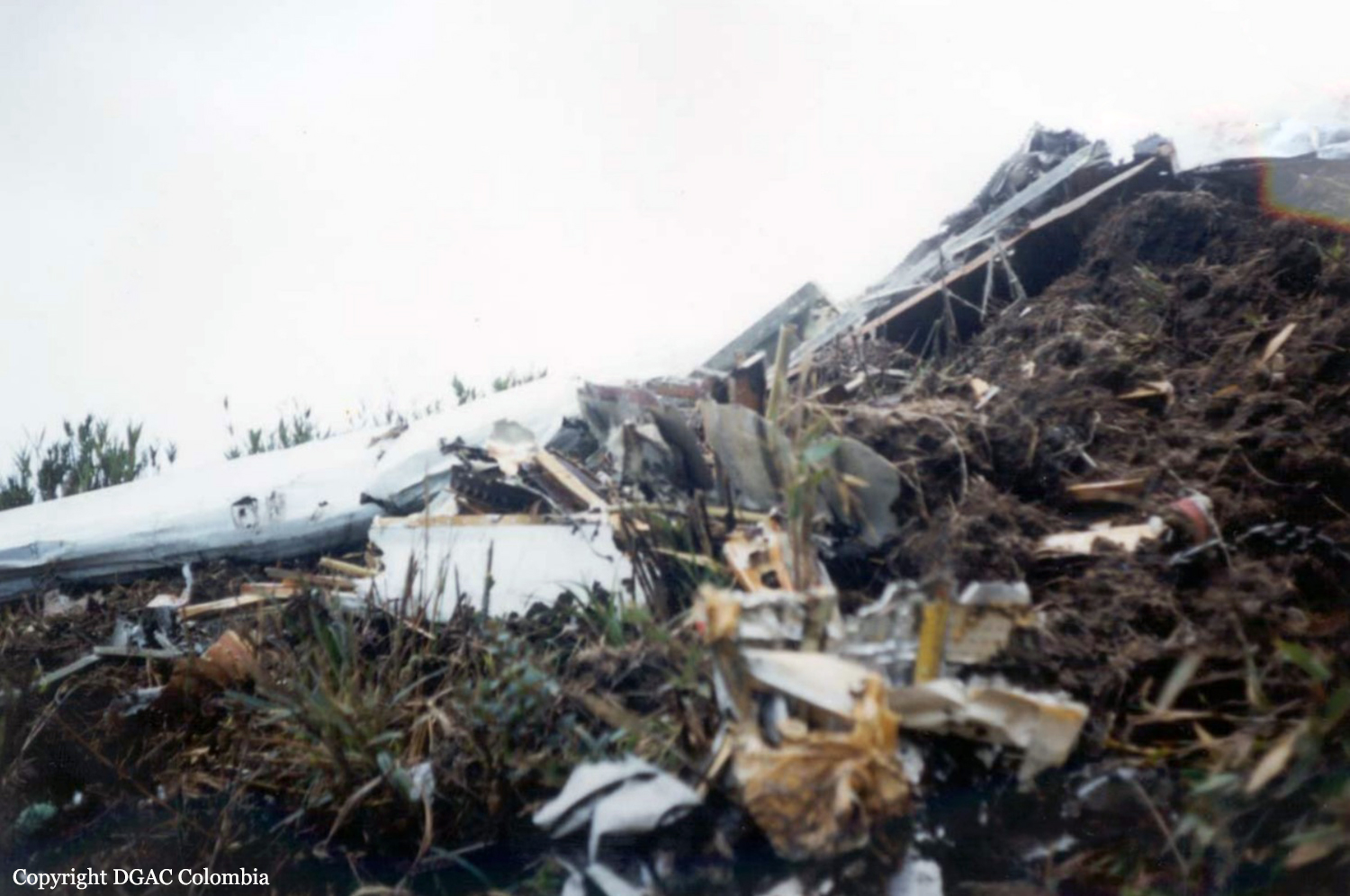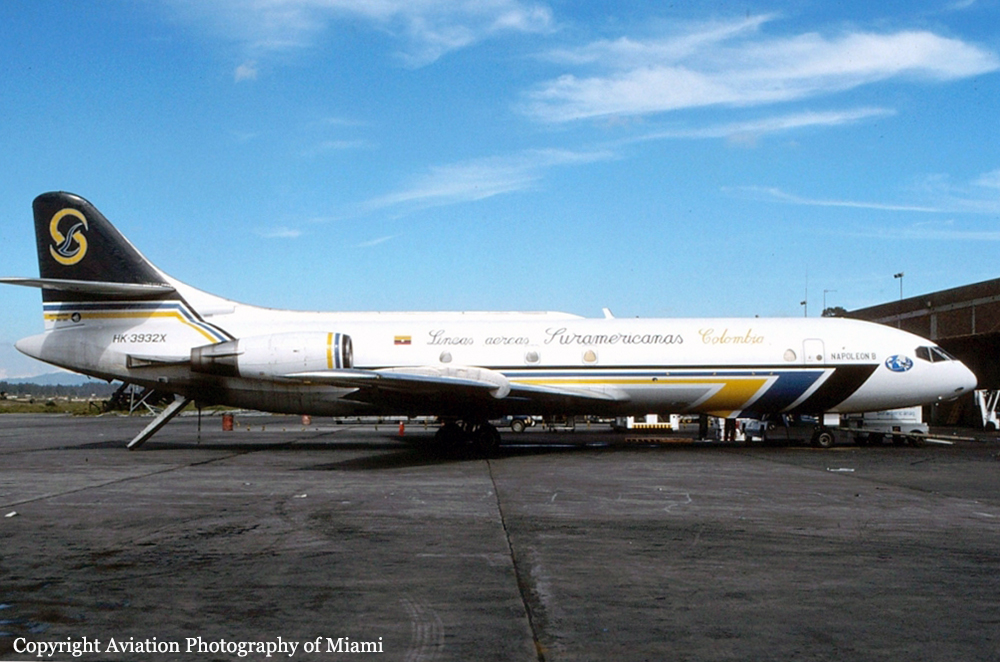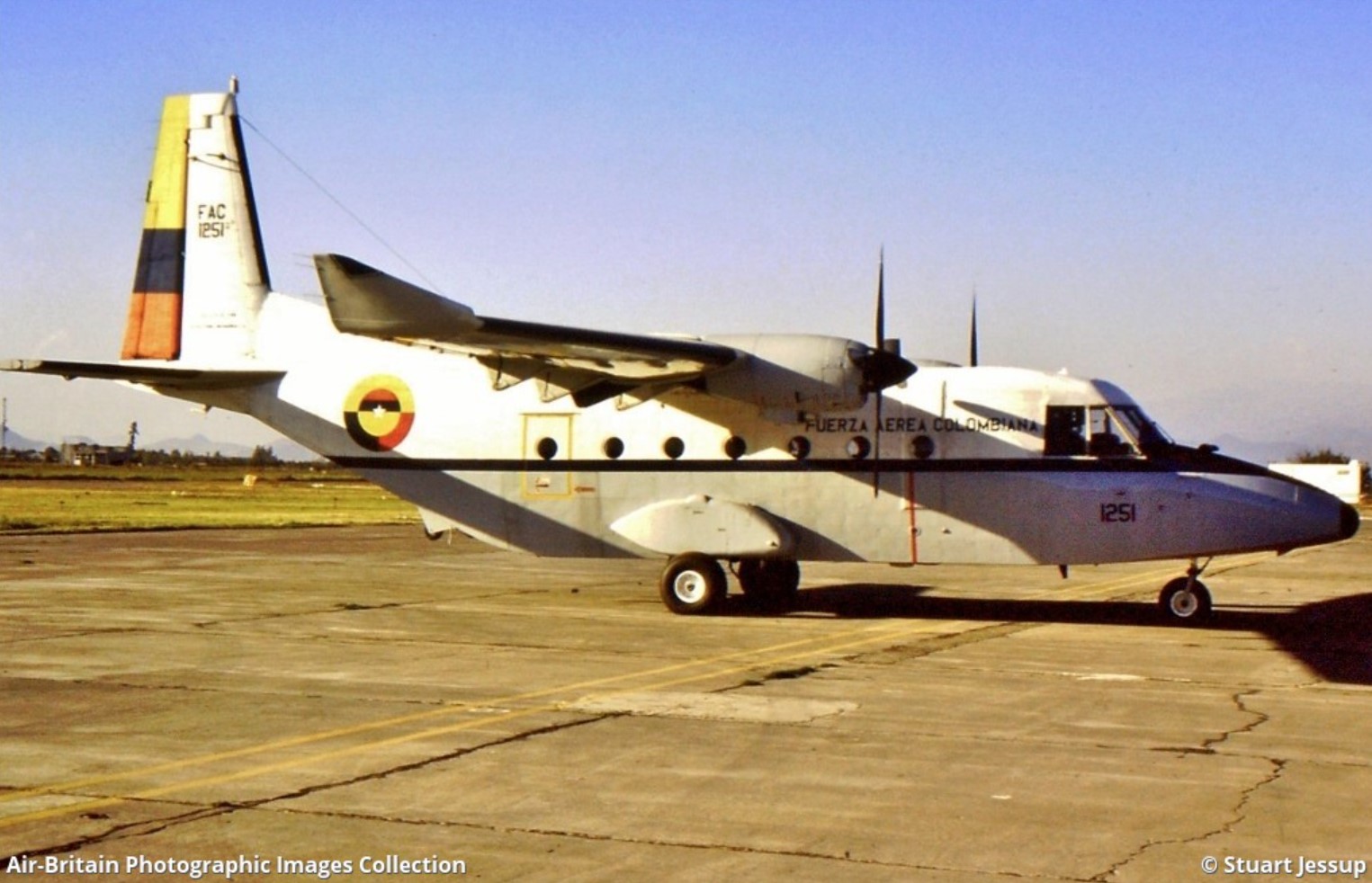Crash of a Douglas DC-9-14 in Neiva
Date & Time:
Jun 14, 2002 at 1815 LT
Registration:
HK-3859X
Survivors:
Yes
Schedule:
Bogotá – Florencia – Neiva
MSN:
45843
YOM:
1966
Flight number:
RS8883
Crew on board:
6
Crew fatalities:
Pax on board:
65
Pax fatalities:
Other fatalities:
Total fatalities:
0
Captain / Total hours on type:
442.00
Copilot / Total hours on type:
461
Aircraft flight hours:
73906
Circumstances:
Following an uneventful flight from Florencia, the crew was cleared to descend to Neiva-Benito Salas Airport. On approach, the aircraft was unstable and after the GPWS alarm sounded, the captain increased power and gained altitude, causing the aircraft to climb over the glide. The approach was continued and the airplane passed over the threshold at a height of 140 feet and eventually landed 1,700 feet past the runway threshold at intersection Bravo (the runway is 5,249 feet long). After touchdown, the crew started the braking procedure but two tyres burst and the aircraft was unable to stop within the remaining distance. It overran and came to rest in a grassy area. All 71 occupants evacuated safely while the aircraft was damaged beyond repair.
Probable cause:
The energy accumulated in the set of tires deflated the tire n°2, reducing the braking effectiveness by 50% due to the loss of the antiskid of that set in the same proportion, and subsequently the loss of 100% of the effectiveness of braking when tires n°3 and 4 burst successively, causing the aircraft to exceed the remaining runway length leading to the accident situation.
The following contributing factors were identified:
- The increase in speed of the VRF by the crew that increased the landing length,
- An unstabilized approach completed by the the crew,
- The pressure exerted on the crew due to the public order situation in the city of Florence for the purpose of a possible overnight stay of the aircraft and consequently the crew.
The following contributing factors were identified:
- The increase in speed of the VRF by the crew that increased the landing length,
- An unstabilized approach completed by the the crew,
- The pressure exerted on the crew due to the public order situation in the city of Florence for the purpose of a possible overnight stay of the aircraft and consequently the crew.
Final Report:






